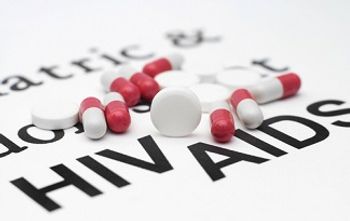
The percentage of participants who achieved HIV-1 RNA< 50 copies/mL in the 0.25 mg, 0.75 mg, 2.25 mg MK-8591 dose groups was 89.7%, 90.0%, and 77.4%, respectively, at week 48.

The percentage of participants who achieved HIV-1 RNA< 50 copies/mL in the 0.25 mg, 0.75 mg, 2.25 mg MK-8591 dose groups was 89.7%, 90.0%, and 77.4%, respectively, at week 48.
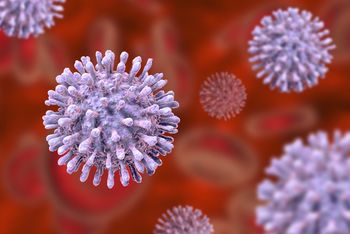
At week 48, 83.8% of participants in the TAF/FTC/DTG arm had HIV RNA < 50 copies/mL, 84.9% for TDF/FTC/DTG and 78.6% for TDF/FTC/EFV.
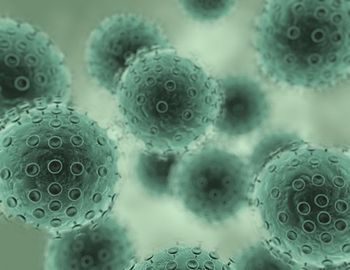
GEMINI 1 & 2 are phase 3, randomized, double-blind, multicenter studies evaluating the 2-drug regimen of DTG/3TC in comparison with the 3-drug regimen of DTG + TDF/FTC.
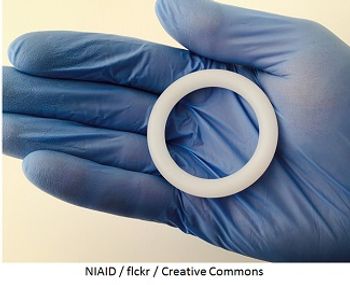
The final results of HOPE, a phase 3 open-label extension trial, show high uptake and lower-than-anticipated HIV-1 incidence.
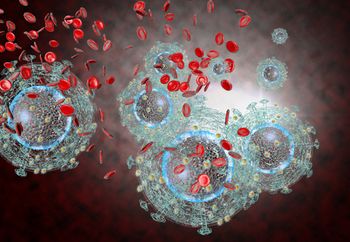
New results indicate that the study met its primary end point for non-inferiority based on the proportion of participants with plasma HIV-1 RNA > 50 copies per mL at week 48.
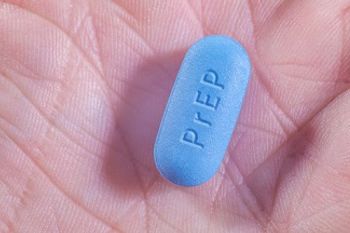
With 1329.6 person-years of PrEP use accumulated, early continuation was achieved by 79.8% of participants.
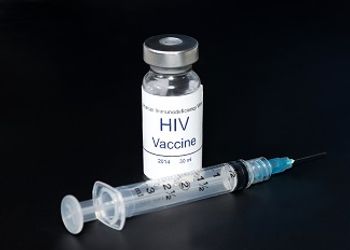
The phase 2a study compares a bivalent combination of Clade C and Mosaic gp140 with a single-valent Clade C gp140.

Providers who received the intervention materials had higher satisfaction and confidence in prescribing chronic opioid therapy than their colleagues who did not.
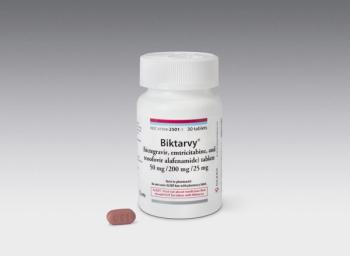
Two phase 3 studies presented at IAS 2019 evaluated a switch to B/F/TAF among individuals virologically suppressed on other HIV treatment regimens.

A handful of new studies weighing the risks and benefits of ART regimens containing dolutegravir have triggered new recommendations from the WHO.
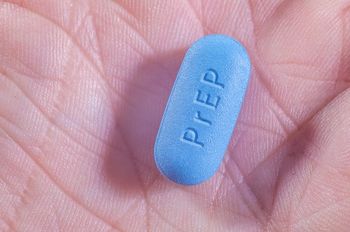
The team assessed program engagement, medication refills, and self-reported 3-day adherence over 72 weeks, among the individuals who initiated PrEP.

The difference between NTD prevalence with dolutegravir and non-dolutegravir antiretrovirals from conception was small, but significant at 0.20% difference (95%CI 0.01%, 0.59%).
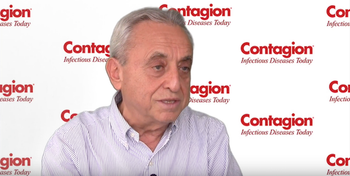
Pedro Cahn, MD, describes the risk associated with raltegravir HD.
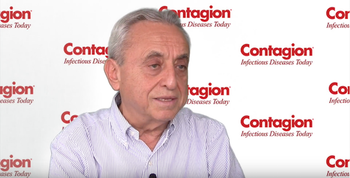
Pedro Cahn, MD, explains who the target population is for raltegravir HD.
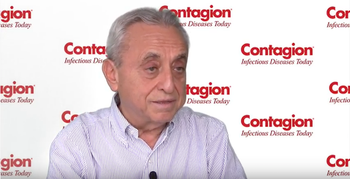
Pedro Cahn, MD, shares the results found after 96-weeks of follow-up for the onceMRK Phase 3 clinical trial.
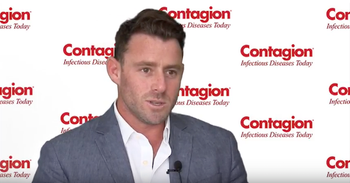
Jake Glaser describes how recent advances against HIV & AIDS have affected the philanthropic community.
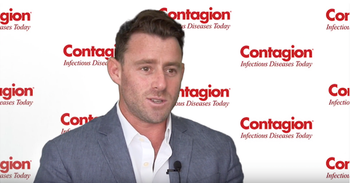
Jake Glaser explains the challenges faced when fundraising for AIDS programs in the 21st century.
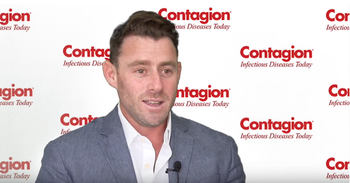
Jake Glaser shares who he feels is going to end the AIDS epidemic.
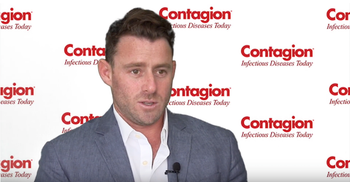
Jake Glaser shares what is needed to achieve the Fast-Track strategy to end the AIDS epidemic by 2030.
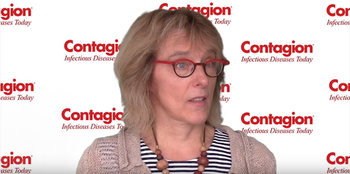
Magda Opsomer, MD, reveals who will benefit from the darunavir single-tablet HIV regimen.
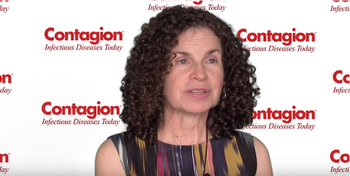
Jessica Justman, MD, shares how the PHIA project is collecting HIV biomarkers in children.
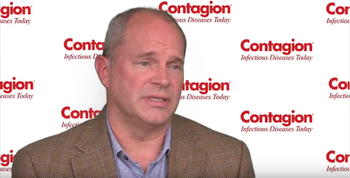
Alex Rinehart, PhD, explains how the development of a long-acting injectable offers a new preventive option for HIV.
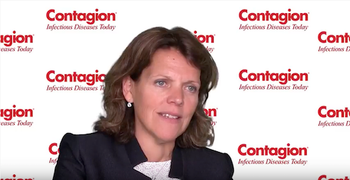
Hanneke Schuitemaker, PhD, explains the challenges faced when creating a vaccine for HIV.
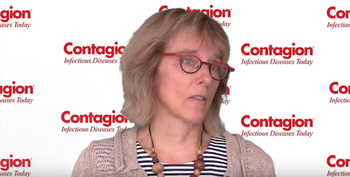
Magda Opsomer, MD, shares the results of the Phase 3 EMERALD trial for darunavir.
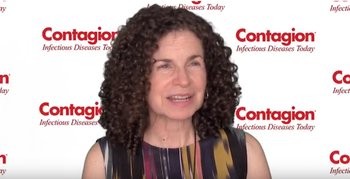
Jessica Justman, MD, explains how decision makers can use the Population-based HIV Impact Assessment Project data.
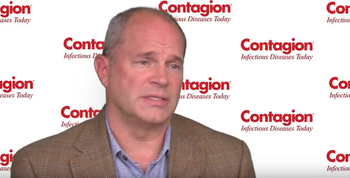
Alex Rinehart, PhD, explains if cabotegravir interacts with any other medications.
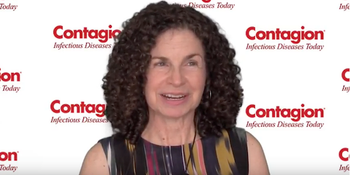
Jessica Justman, MD, reveals the latest results of the Population-based HIV Impact Assessment Project (2017).
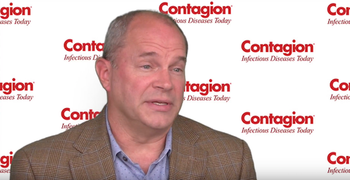
Alex Rinehart, PhD, identifies the target population for cabotegravir.
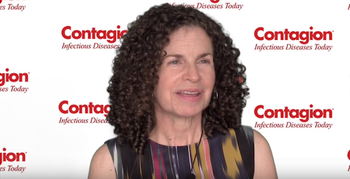
Jessica Justman, MD, shares why the Population-based HIV Impact Assessment Project is so important.
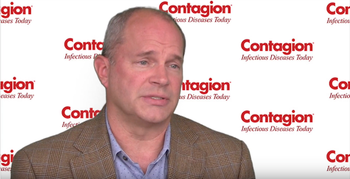
Alex Rinehart, PhD, explains how cabotegravir is a gender-neutral pre-exposure prophylaxis medication.